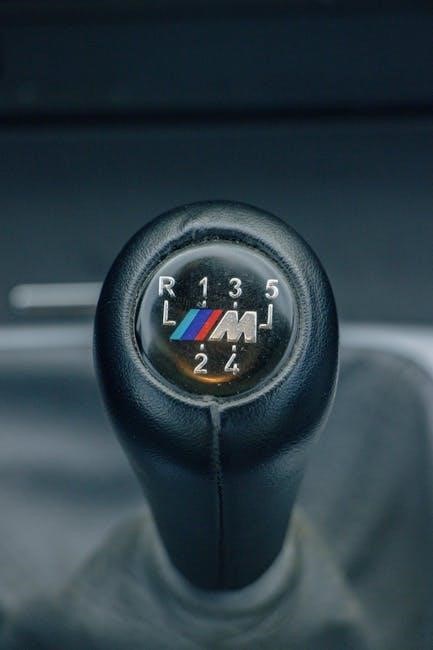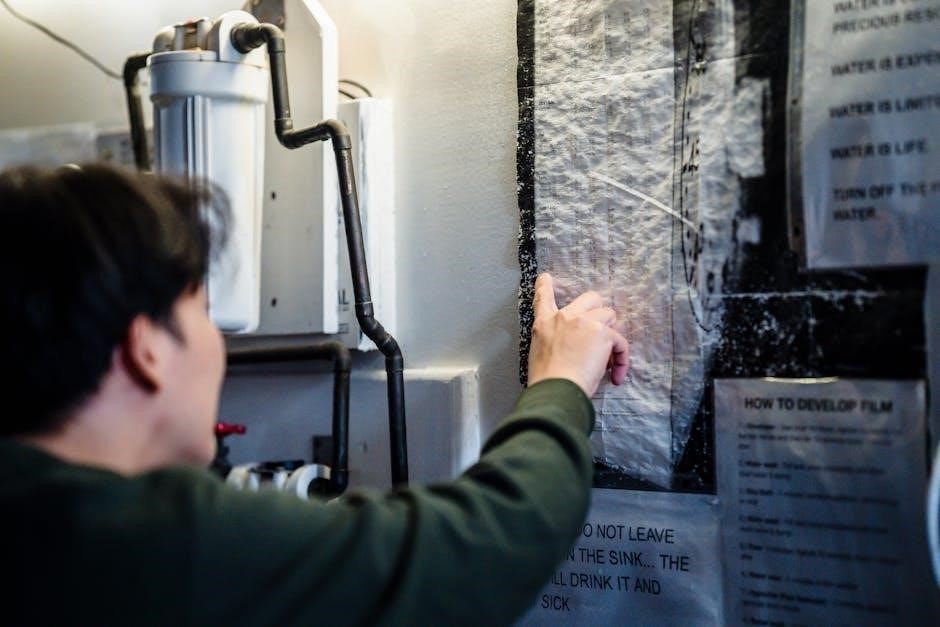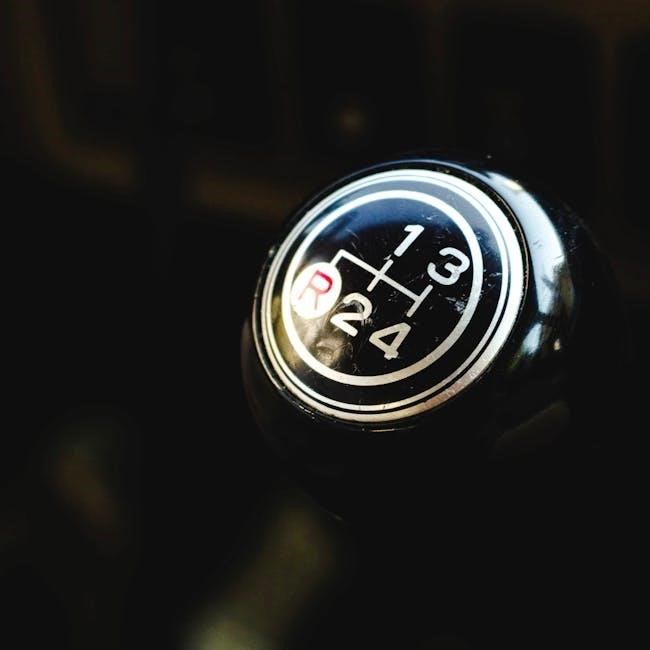- the basics of transmissions and driver preferences in vehicles today always
Overview of Paddle Shifters
Paddle shifters are a type of transmission technology that allows drivers to manually shift gears using paddles located on the steering wheel. This system operates by sending electronic signals to the transmission control unit, which then commands the transmission to shift gears. The use of paddle shifters provides a more engaging driving experience, as drivers have control over gear shifts without the need for a clutch pedal. According to online discussions, paddle shifters offer a connection to the vehicle’s gearing, similar to a manual transmission, but with the convenience of an automatic. The technology behind paddle shifters has improved significantly, with some systems offering quick and seamless gear shifts. Overall, paddle shifters provide a unique driving experience that combines the benefits of manual and automatic transmissions. With the continued advancement of transmission technology, paddle shifters are becoming increasingly popular among drivers. The operation of paddle shifters is relatively simple, making them accessible to a wide range of drivers.

Benefits of Paddle Shifters
Benefits include improved fuel efficiency and smoother gear shifts always
Comparison to Traditional Automatic Transmissions
A comparison to traditional automatic transmissions reveals that paddle shifters offer more control and flexibility, allowing drivers to manually shift gears without using a clutch pedal, which can be beneficial in certain driving situations.
- Paddle shifters provide a more engaging driving experience, as drivers can take an active role in gear selection and shifting;
- In contrast, traditional automatic transmissions often rely on preset gear shift points, which can result in less responsive acceleration and decreased fuel efficiency.
Additionally, paddle shifters can be programmed to adapt to different driving modes, such as sport or economy modes, which can further enhance the driving experience and optimize performance.
Overall, the comparison between paddle shifters and traditional automatic transmissions highlights the advantages of paddle shifters in terms of driver control, flexibility, and responsiveness, making them a popular choice among driving enthusiasts.

Drawbacks of Manual Transmissions
Manual transmissions have drawbacks including complexity and driver fatigue issues always
Decline of Traditional Manual Transmissions
The decline of traditional manual transmissions is a trend seen in the automotive industry, with many manufacturers opting for automatic or semi-automatic transmissions instead. This shift is largely due to the increasing complexity of modern vehicles and the need for smoother, more efficient power delivery. As a result, traditional manual transmissions are becoming less common, especially in everyday driving vehicles. The rise of paddle shifters and dual-clutch transmissions has also contributed to the decline of manual transmissions, as these technologies offer a similar driving experience with added convenience and ease of use. Furthermore, the development of advanced automatic transmissions has narrowed the gap between manual and automatic transmissions in terms of performance and fuel efficiency. The decline of traditional manual transmissions is a sign of the times, as the industry continues to evolve and prioritize innovation and progress. Overall, the shift away from manual transmissions is a significant change in the automotive landscape.

Advantages of Manual Transmissions
Manual transmissions offer better fuel efficiency and driver engagement always
Longevity and Quality of Manual Transmissions
Manual transmissions have greatly improved in terms of quality and longevity, with many owners reporting high mileage without major issues, this is due to advancements in materials and design, making them a reliable option for drivers.
The quality of manual transmissions has increased significantly over the years, with many manufacturers focusing on producing high-quality components that can withstand the rigors of daily driving, this has resulted in a significant reduction in maintenance costs and an increase in overall satisfaction.
The longevity of manual transmissions is also a major factor to consider, with many owners reporting that their manual transmissions have lasted for hundreds of thousands of miles without any major issues, this is a testament to the quality and durability of modern manual transmissions.
Overall, the longevity and quality of manual transmissions make them a great option for drivers who want a reliable and engaging driving experience.

Choosing Between Paddle Shifters and Manual Transmissions
Drivers consider factors like performance and control when selecting transmissions for their vehicles always
Considerations for Drivers
When deciding between paddle shifters and manual transmissions, drivers should consider their lifestyle and driving habits, as well as the type of vehicle they own and the terrain they typically drive on.
- For instance, drivers who frequently drive in heavy traffic or hilly areas may prefer paddle shifters for their ease of use and smooth shifting.
- On the other hand, drivers who enjoy the control and connection to the vehicle that a manual transmission provides may prefer a traditional manual transmission.
Additionally, drivers should consider the cost and maintenance requirements of each type of transmission, as well as their personal preferences for performance and handling.
By weighing these factors, drivers can make an informed decision about which type of transmission is best for their needs and preferences, and can enjoy a more satisfying and enjoyable driving experience.






